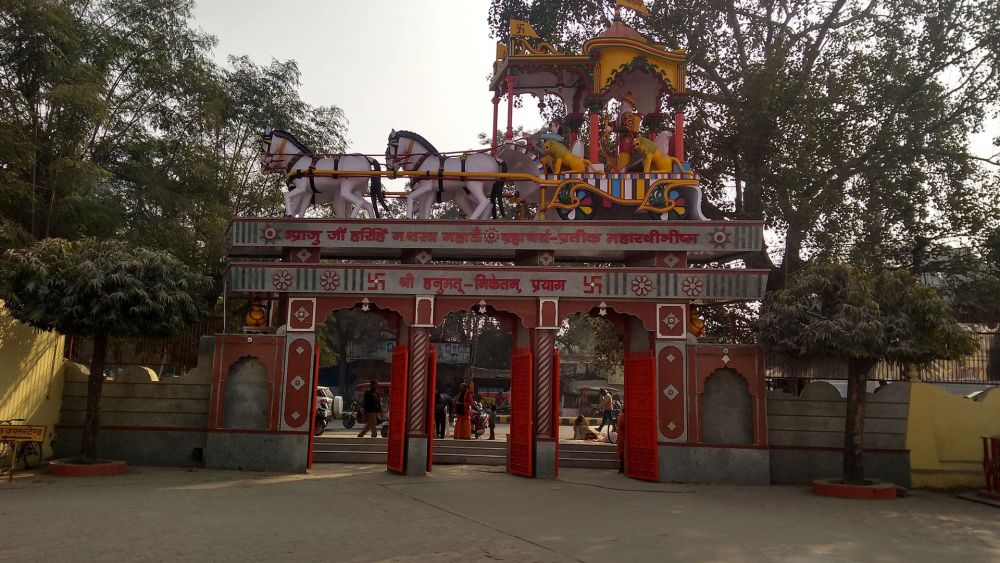

The Sankat Mochan Hanuman Temple has a deep historical and spiritual significance that dates back to the early 20th century. It was established by Pandit Madan Mohan Malviya, the founder of Banaras Hindu University, in the 1900s.
The term 'Sankat Mochan' translates to 'reliever of troubles,' and as the name suggests, devotees visit the temple with the belief that Lord Hanuman will alleviate their woes. The site on which the temple is built is said to be the place where Tulsidas, the great Indian poet-saint, had a vision of Lord Hanuman.
Varanasi, being one of the oldest living cities in the world and a major cultural and religious hub, has always attracted pilgrims and travelers interested in exploring India's spiritual traditions. The Sankat Mochan Hanuman Temple enriches the cultural tapestry of the city with its religious ceremonies, and the annual Sankat Mochan Music Festival, which brings together classical musicians and performers from all over India.
Recently, the tourism trend in Varanasi and around the Sankat Mochan Hanuman Temple has witnessed a shift towards immersive cultural experiences. Tourists are increasingly interested in participating in the local religious rituals, attending the Ganga Aarti, and experiencing the temple’s Prasad and Langar (community meal service).
Eco-friendly tourism is also gaining momentum, as the city is working towards sustainable practices to preserve its rich heritage. Efforts are being made to maintain cleanliness and to regulate pollution levels, ensuring a better environment for tourists and the local ecosystem.
With its spiritual aura, rich history, and welcoming atmosphere, the Sankat Mochan Hanuman Temple in Varanasi continues to be an important landmark for both religious and secular visitors alike, contributing significantly to the tourism industry of Uttar Pradesh.